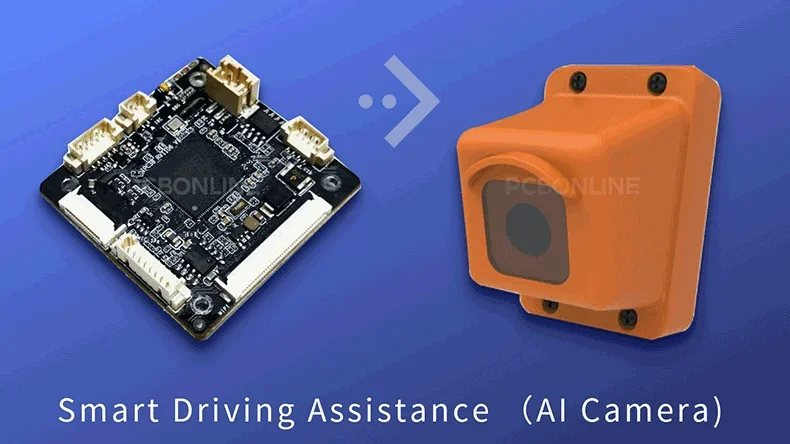
Artificial Intelligence (AI) is empowering the field of Internet of Things (IoT) to be smarter. This article explores the essential concepts of AIoT and Design of Printed Circuit Boards in the AIoT device development process.
In this article:
Part 1. What is AIoT? Part 2. Development of an AIoT Device Part 3. PCB Design in AIoT Hardware Development Turnkey PCB Manufacturer for AIoT DevicesWhat is AIoT?
Before diving into the topic we need to understand what Artificial Intelligence (AI) is. AI can simply be defined as the human-like intelligence exhibited by machines, enabling them to solve problems and perform tasks that require human cognition.
The Artificial Internet of Things (AIoT) is the crossover between AI technology and IoT infrastructure. IoTs bring the physical and the digital world together by connecting several devices. IoT has limitless potential and the examples include smartphones, apps for controlling home appliances and utilities, wearable tech, vehicles with data accessibility, etc.
Now, the Artificial Intelligence of Things (AIoT) is a new technical refinement in IoTs. This innovation aims to improve IoT operations, enhance data management and analytics, and revolutionize human-machine interactions.
Nest and Ecobee can be considered prime examples of AIoT in action, using smart PCBs to enhance automation and connectivity. These smart thermostats use AI algorithms integrated with IoT sensors to learn user preferences, optimize energy consumption, and provide remote control via mobile apps.
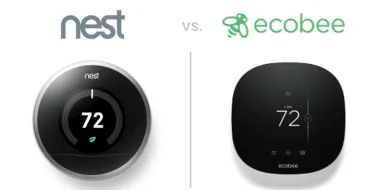
Components of AIoT
To understand what AIoT constitutes and is capable of, we must know the building blocks. The following are the components of an AIoT device. Knowing these modules will enable you to design and develop AIoT devices and their PCBs.
Edge computing
It is a distributed computing model that brings computation and data storage closer to the sources of data to reduce latency.
Internet of Things (IoT)
In IoTs, the devices are connected to the internet to collect real-time data from the environment, including sensors, cameras, and smart appliances.
Connectivity infrastructure
Wireless and cellular networks (Wi-Fi, 5G, LoRaWAN) ensure seamless data flow between AIoT devices, cloud, and edge computing platforms.
Cloud infrastructure
The cloud provides scalable computing, big data storage, and AI platforms for deep analysis.
AI and machine learning models
AI models process data using predictive analytics, pattern recognition, NLP, and computer vision to generate actionable insights.
Data management and analytics
Robust data platforms enable ingestion, storage, cleaning, and analysis, integrating AI for continuous system improvements.
Security and privacy
Encryption, authentication, and privacy-preserving AI ensure data integrity and protection in AIoT systems.
User interfaces and applications
Mobile apps, dashboards, and voice assistants provide user-friendly access to AIoT functionalities for monitoring and control.
Development of an AIoT Device
The development of AIoTs' electronics can take two following approaches.
Edge AI (On-device intelligence)
The approach involves deploying AI algorithms directly into a chip with sufficient processing power and storage. This allows the AI model to run locally without needing cloud connectivity. This ensures real-time decision-making, enhanced privacy, and reduced latency.
For example, Tesla's Full Self-Driving (FSD) chip processes AI models directly within the vehicle to enable autonomous driving.
In industrial automation, NVIDIA Jetson modules are used in AI-powered cameras and robotics for real-time defect detection and quality control.
Edge AI can efficiently handle tasks like object detection, predictive maintenance, and anomaly detection by using low-power AI chips, such as NVIDIA Jetson, Google Coral TPU, and Raspberry Pi.
Cloud-Based AI (Centralized processing)
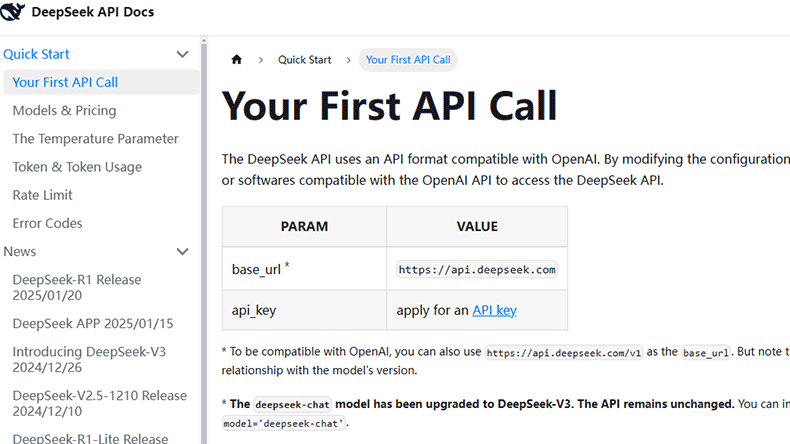
The second approach integrates AIoT devices with cloud-based AI models by using APIs like the open-source DeepSeek API or OpenAI's GPT models.
In this setup, the AIoT device acts as a client, collecting data and transmitting it to a remote server for processing.
This method enables lightweight devices with limited computational power to use advanced AI capabilities.
However, it relies on stable internet connectivity and may introduce latency due to data transmission and processing times.
An example of this AIoT approach is agricultural AIoT sensors that collect environmental data (humidity, soil moisture, temperature) and send it to cloud-based AI models to provide predictive analytics.
In the cloud-based approach, IoT devices collect data and transmit it to cloud platforms such as AWS IoT, Google Cloud IoT, and Microsoft Azure IoT, where advanced AI models perform tasks like predictive analytics, image recognition, and real-time monitoring.
PCB Design in AIoT Hardware Development
![]()
AIoT enhances traditional IoT by integrating AI capabilities, enabling real-time data processing and smart decision-making. Besides an extra AI layer, the AIOTs are the same as the other IoT devices. Thus, AIoT maintains the same hardware development process as standard IoTs.
1. Form Factor
In printed circuit boards (PCBs), form factor is the specification that describes the size, shape, and physical arrangement of a circuit board. For AIoT devices, many different form factors are already available in the market depending upon the application. How will you choose the right form factor of PCBs for your AIoT product? The following are the things to keep in mind when choosing a form factor:
- The PCBs should be lightweight as many AIoT products are consumer-focused and the users don't want to adopt something bulky and heavy.
- The size of the PCB must be as small as possible. In many cases, these devices are carried everywhere. You want it to be unnoticeable, which means the form factor should be as small as possible.
- If you're building a wearable device, it needs to be comfortable for the user.
- It is important to consider the ruggedness of the circuit board because some products are built to operate in extreme conditions. If you expect your device to be abused, it needs a form factor that can hold up for the use case.
Connectivity
When building an AIoT product, there are so many different wireless technologies and standards to choose from. The connectivity decisions you make will impact power consumption, compatibility, and certifications. The below layout practices can help you produce a PCB that translates data with minimal noise/interference and high throughput:
- As you design the PCB, you should have a clear projection of power consumption over the target lifetime of the product. This is especially important when devices are battery-powered.
- The PCB stack-up is important especially when it comes to RF PCBs. Take the time to design a proper stack-up to avoid problems with signal transmission, power delivery, antenna feeds, and more.
- The ground area is usually compact for small devices. Take care to provide proper grounding for thermal dissipation and RF performance.
Cost
The cost model for your AIoT product depends on its overall complexity. Rigorous testing during the design process will prevent surprises when production begins. Also, aligning on production requirements, standards, and capabilities keeps manufacturers from having to increase prices due to last-minute requests. You can also ease manufacturing and assembly costs by using fewer components and by building the circuit with standard and easily available components.
Time to market
Being the first to market with your AIoT product can help establish a solid customer base before competitors flood the space. Look at smart doorbells, for example. The company made it to market first and hardened itself against any competition with its high-quality product. However, everyone wants to be the first to market. Even a couple of weeks of delay in development can drop you to second or third, giving you a smaller share of the market. Also, if you take too long to get to market, you risk seeing the technology become obsolete before you ever hit production. The obvious best practice for accelerating time to market is to avoid mistakes in development. And it all comes down to spending more time in the planning stages to avoid extra design cycles down the road. Hence, the sooner you can engage with vendors, manufacturers, and parts providers the better.
One-Stop PCBA Manufacturer for AIoT Devices
For those seeking AIoT device hardware development and electronics manufacturing services, PCBONLINEprovides tailored R&D and PCBA manufacturing for AIoT applications. Founded in 1999, PCBONLINE has two large advanced PCB manufacturing bases, one PCB assembly factory, stable supply chains, and an R&D team.
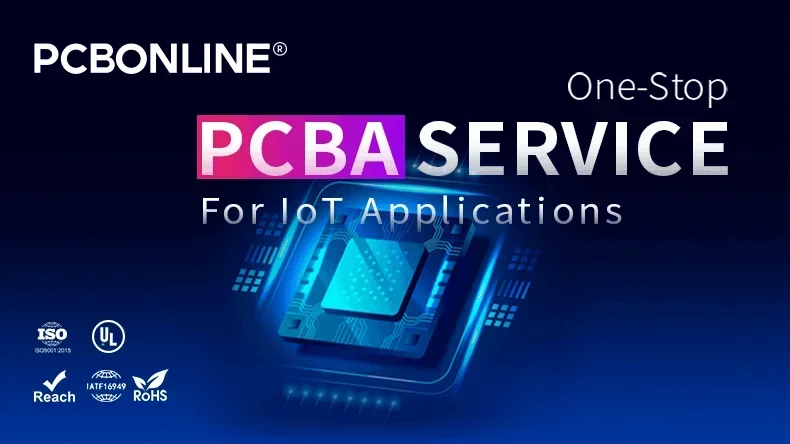
PCBONLINE has R&D capabilities and rich AIoT development experience. We can do the R&D or take part in your project's development from the early stages.
PCBONLINE offers free design for manufacturing (DFM) and one-on-one engineering support and solves all technical issues to ensure the smooth manufacturing process and successful results of your AIoT project.
Strong and one-stop automotive and IoT PCBA manufacturing capabilities custom meeting your requirements, including R&D, prototyping/sampling, PCB fabrication, component sourcing, PCB assembly, PCBA value-added, and IoT device box-build assembly.
The components that PCBONLINE provides for PCB assembly are reliable and traceable. You can check our PCB and PCBA certifications, including ISO 9001:2015, IATF 16949:2016, REACH (EC 1907/2006), RoHS (Directive 2002/95/EC), UL, IPC-A-600 Class 2/3, and IPC-A-610 Class 2/3.
As a source factory manufacturer for PCBA and AIoT devices, the electronics manufacturing from PCBONLINE is at reasonable prices without hidden costs.
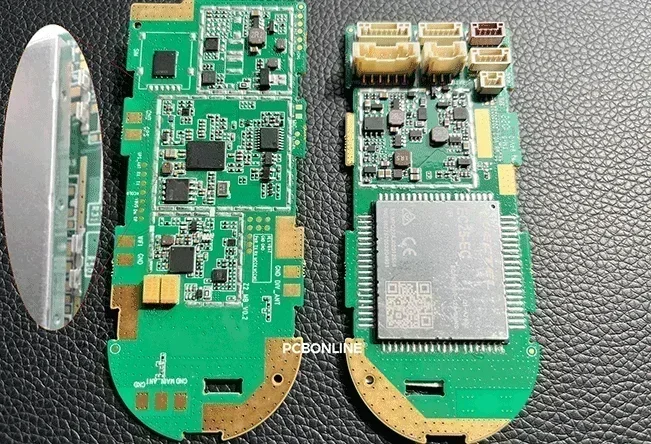
This AIoT motherboard project for shared scooters was manufactured by PCBONLINE. We helped the client resolve the following issues. We prevented design defects from unnecessary costs and helped the client reduce component procurement costs by at least 10%.
During the DFM review, our engineers found that the client's design used a surface-mounted EMI shield cover. This would prevent components beneath the shield from being inspected with AOI and X-ray after SMT assembly. We suggested our client revise the EMI shielding case to a snap-latch cover, which allows the PCB EMI shield to be locked after the AOI and X-ray inspections. The client agreed to our improvement.
In addition, in the DFM stage, our engineers found mismatches of three passive components between the BOM specifications and the PCB design's pad and footprint. We told this to our client, and they finally modified the PCB pads and layout to resolve this potential risk.
What's more, as PCBONLINE consolidates component procurement, we receive discounts from component distributors and original manufacturers, especially from IoT MCU companies like Espressif and Neoway. This gives us a large pricing advantage. The client told us that we saved them 15% on component procurement costs.
PCBONLINE has no MoQ for AIoT PCBs/PCBAs. No matter what quantity you want, PCBONLINE prioritizes quality and provides high-quality PCBAs and finished AIoT devices tailored to your project. To get a quote for your AIoT device PCBs, please contact info@pcbonline.com.
Conclusion
AIoT is transforming industries by integrating AI with IoT, enabling smarter and more efficient systems. The AIoT devices can be developed using an AI algorithm locally run by the AI-powered chips or by interacting AI cloud-based capabilities with the device through wireless communication. To design and manufacture AIoT PCBs for your project, work with the turnkey IoT PCBA manufacturer PCBONLINE.
PCB assembly at PCBONLINE.pdf




